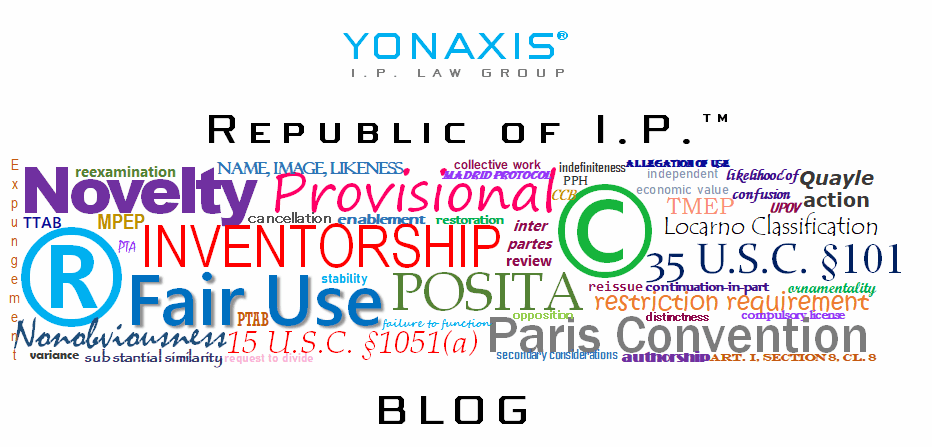The question of who – or what – can be an author has become one of the most contentious issues in modern copyright law. As artificial intelligence systems generate increasingly sophisticated creative works, courts and policymakers are grappling with a fundamental question: Does copyright law require a human author? The Traditional Framework Copyright law has …
Tag: copyrights
Understanding the Right of Derivation in Copyright Law
Derivative works are works based upon one or more preexisting works, such as translations, musical arrangements, dramatizations, fictionalizations, motion picture versions, sound recordings, art reproductions, abridgments, condensations, or any other form of transformation or adaptation. Rights of Copyright Owners Under the Copyright Act, among the bundle of rights, copyright owners have the exclusive right to …
NFT I.P. Issues
Non-fungible tokens (NFTs) have revolutionized digital ownership and created entirely new categories of intellectual property disputes. As these blockchain-based assets continue to evolve, they present unique technical and legal challenges that traditional IP frameworks are still adapting to address. The recent Ninth Circuit decision in Yuga Labs, Inc. v. Ripps illustrates the I.P. issues, and …
The Recipe for Legal Protection of Culinary Creations
The culinary world presents unique challenges when it comes to intellectual property protection. While chefs, food bloggers, and recipe developers invest considerable creativity and effort into their recipes, the legal landscape surrounding recipe protection is surprisingly complex and often counterintuitive. Understanding how copyright, trademark, and patent law apply to recipes is crucial for anyone in …
I.P. Issues in Gaming
The gaming industry sits at a fascinating intersection of creativity and intellectual property law, where developers, content creators, and players constantly navigate complex copyright and trademark landscapes. Understanding these legal frameworks is crucial for anyone involved in game development, streaming, or content creation. Copyright Fundamentals in Gaming Copyright protection extends to numerous elements within video …
Metadata and Web Scraping: I.P. Issues
In our increasingly digital world, data extraction and analysis have become fundamental to how businesses operate, researchers conduct studies, and AI systems learn. Two key concepts at the heart of this data revolution are metadata and web scraping technologies. While these tools offer tremendous value, they also raise significant questions about privacy and intellectual property …
Understanding the Elements of a Copyright Infringement Claim
Copyright cases require plaintiffs to prove specific elements to establish a valid claim. Understanding these requirements is necessary for both copyright holders seeking to protect their work and defendants facing allegedly infringing allegations. This post examines the fundamental elements of copyright infringement, focusing on the analysis of the copying requirement. Because the Court of Appeals …
Understanding the Originality Requirement in Copyright Law
Copyright law protects original works of authorship, but the definition of “originality” often creates layers of confusion among creators and authors (referred to as “authors”). At its core, the originality requirement establishes a threshold of creativity that must be met before a work qualifies for copyright protection. The Baseline for Originality Originality is the “bedrock …
Why Did Trump Fire the Register of Copyrights?
The Controversy In late May 2025, President Trump fired Shira Perlmutter, who led the U.S. Copyright Office. This was just days after he also dismissing the Librarian of Congress, Carla Hayden. The timing of Perlmutter’s termination sparked significant controversy due to her firing in proximity to the Copyright Office’s release of a major report on …
IP for Content Creators
In today’s digital economy, subscription-based content platforms like OnlyFans, JustforFans, Vimeo, Patreon, and YouTube have created unprecedented opportunities for creators to monetize their work directly to the consuming public. However, these opportunities come with complex intellectual property (IP) considerations that content creators must understand to protect their rights and avoid potential legal issues. Copyright Fundamentals …
